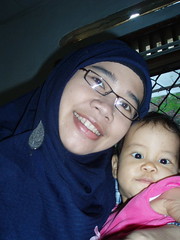Butterfly Award
Mas Hartanto, tix me an email that I got 'bingkisan lebaran'
suprising me a little bit, coz havent guess what was that?
mmmhhh.. he it is:

This award, just really alert me that almost 1 year no update in this blog :(
Having another interest in regional planning made me spare couple much time in it.
I got wasted! ;)
-----------------------------------
mas hartanto's email:
Mbak Novi,
Selamat Lebaran,
ada parsel tertinggal untuk mbak, sila simak di:
http://hartanto.wordpress.com/2008/10/14/butterfly-award/
semoga berkenan
: )
salam
hartanto
>> http://hartanto.wordpress.com
<< http://plurk.com/user/hartanto
suprising me a little bit, coz havent guess what was that?
mmmhhh.. he it is:
This award, just really alert me that almost 1 year no update in this blog :(
Having another interest in regional planning made me spare couple much time in it.
I got wasted! ;)
-----------------------------------
mas hartanto's email:
Mbak Novi,
Selamat Lebaran,
ada parsel tertinggal untuk mbak, sila simak di:
http://hartanto.wordpress.com/2008/10/14/butterfly-award/
semoga berkenan
: )
salam
hartanto
>> http://hartanto.wordpress.com
<< http://plurk.com/user/hartanto
